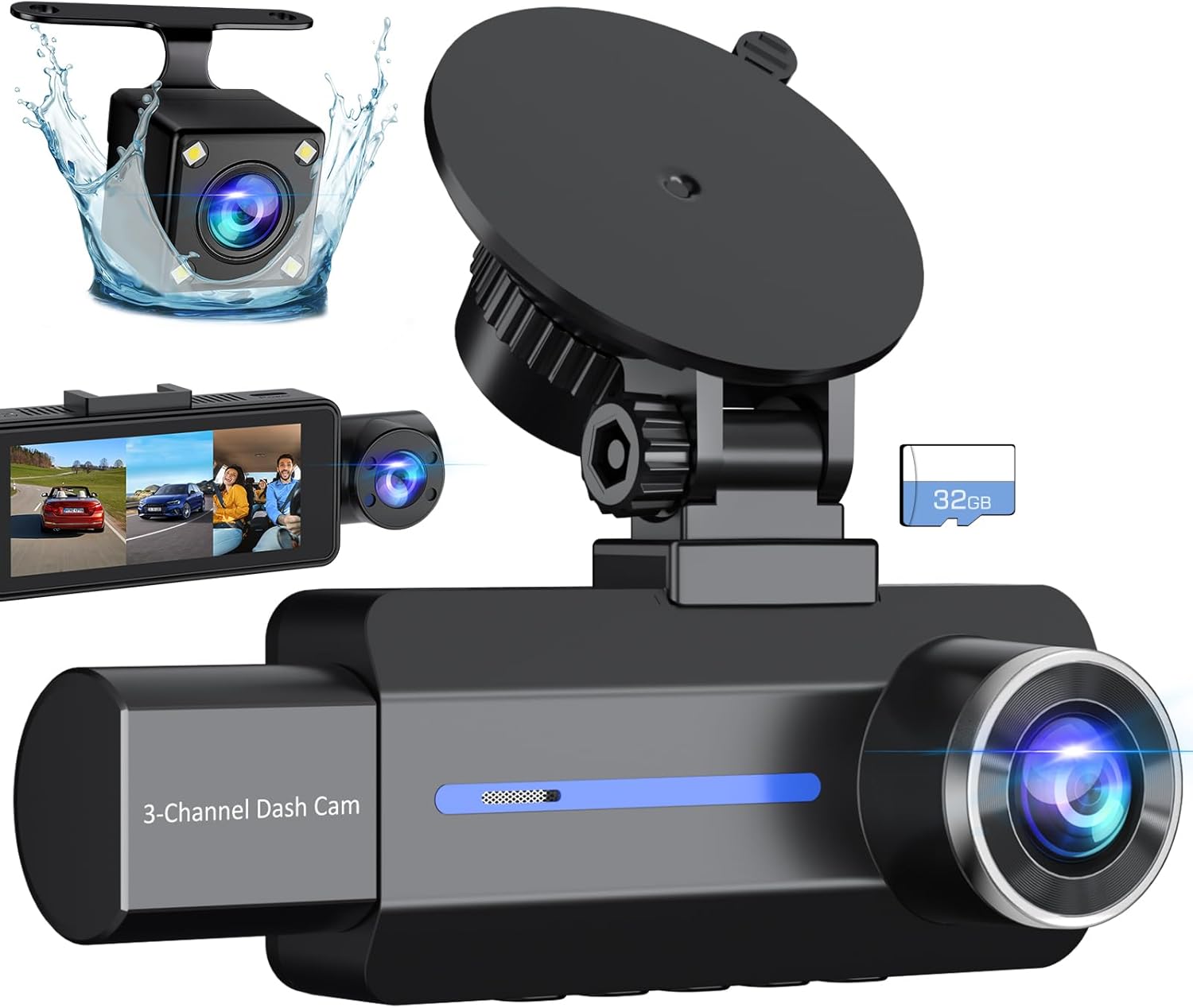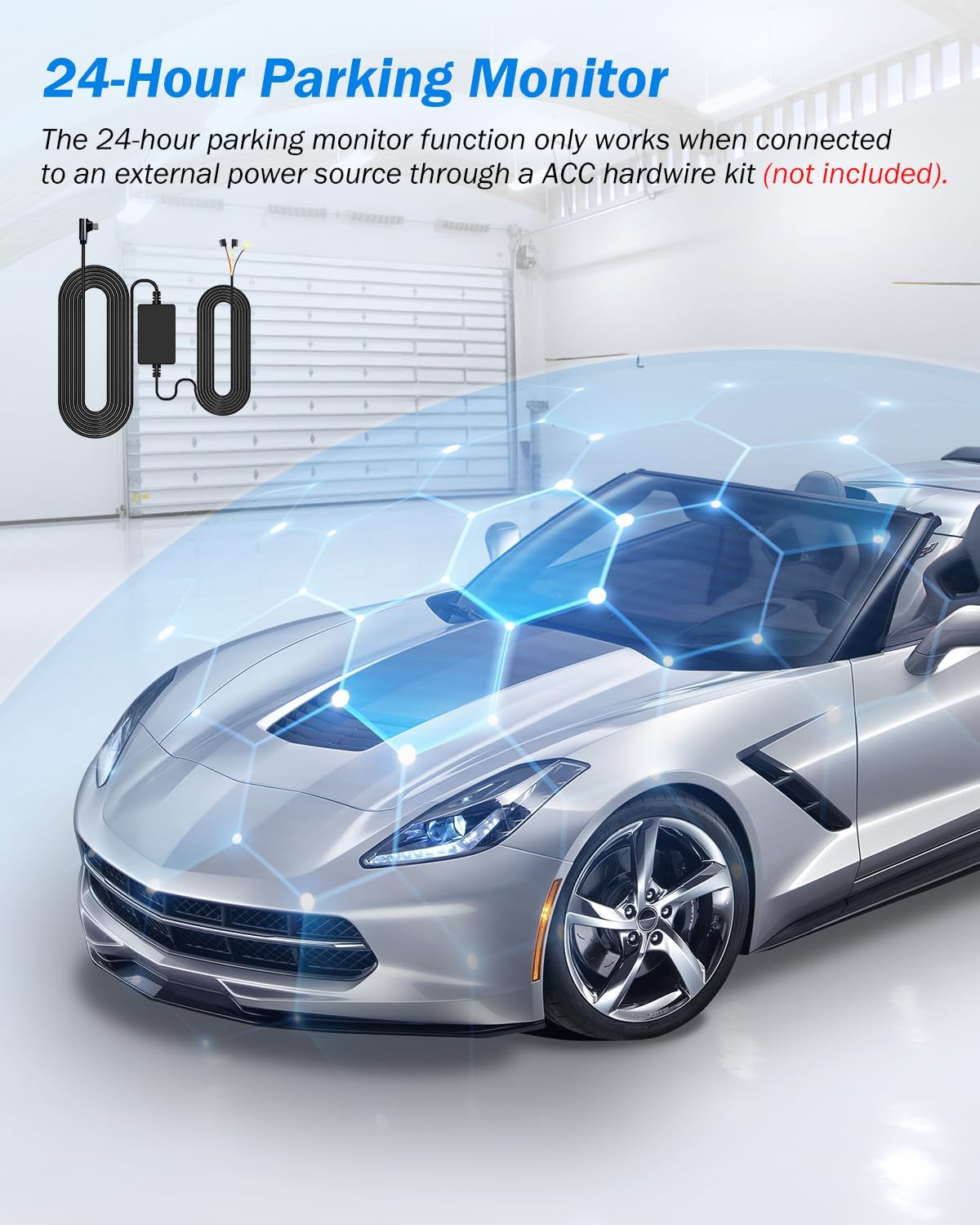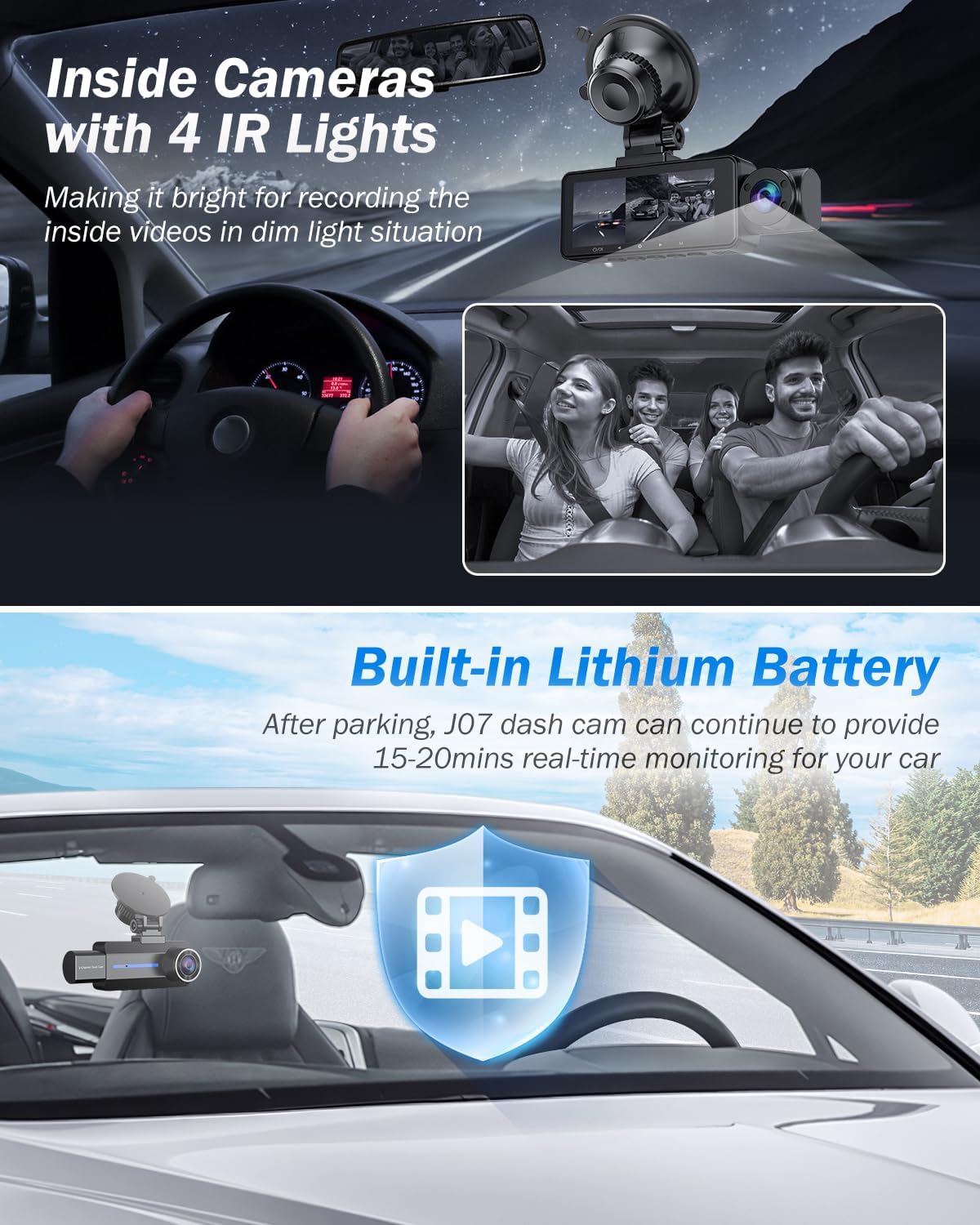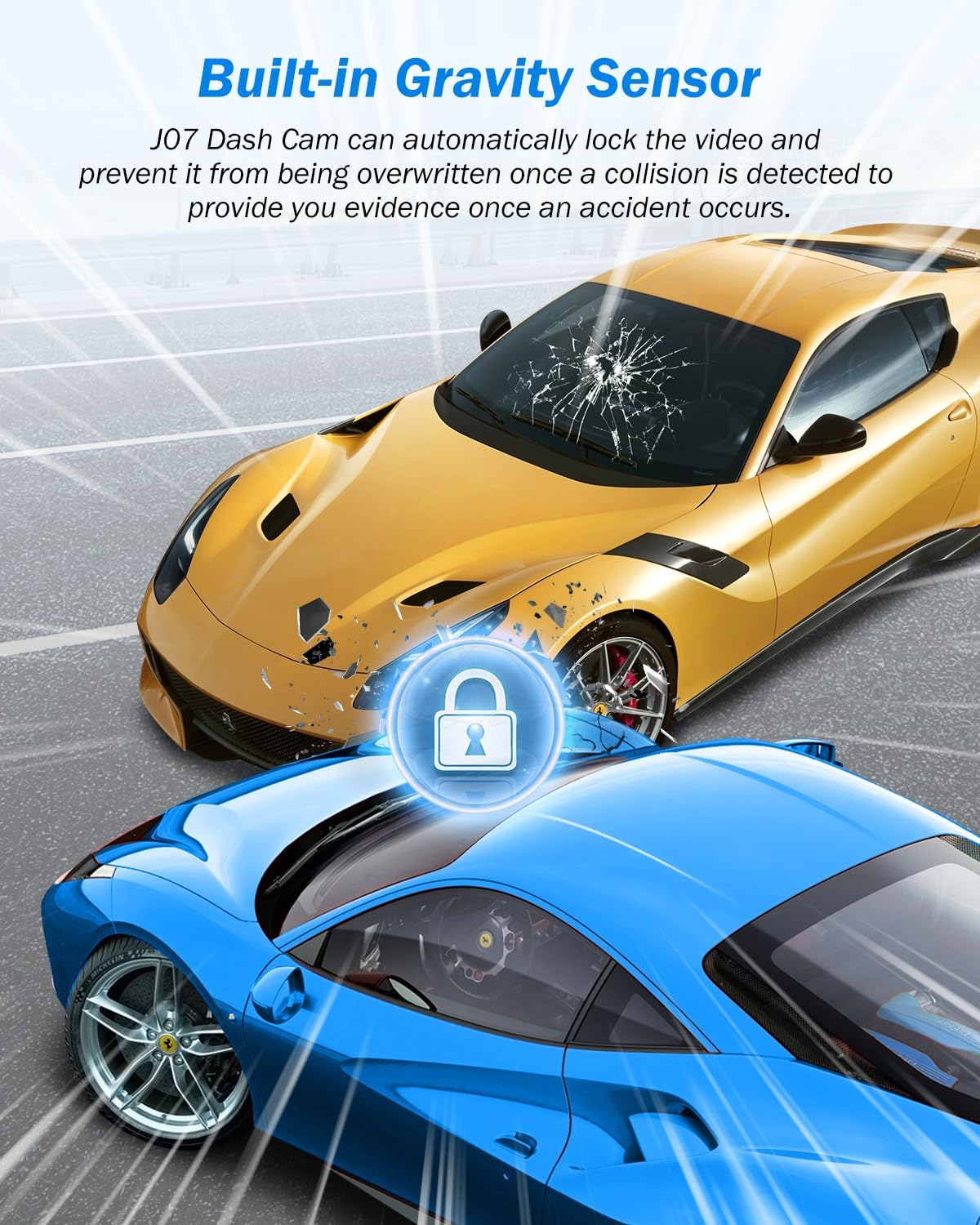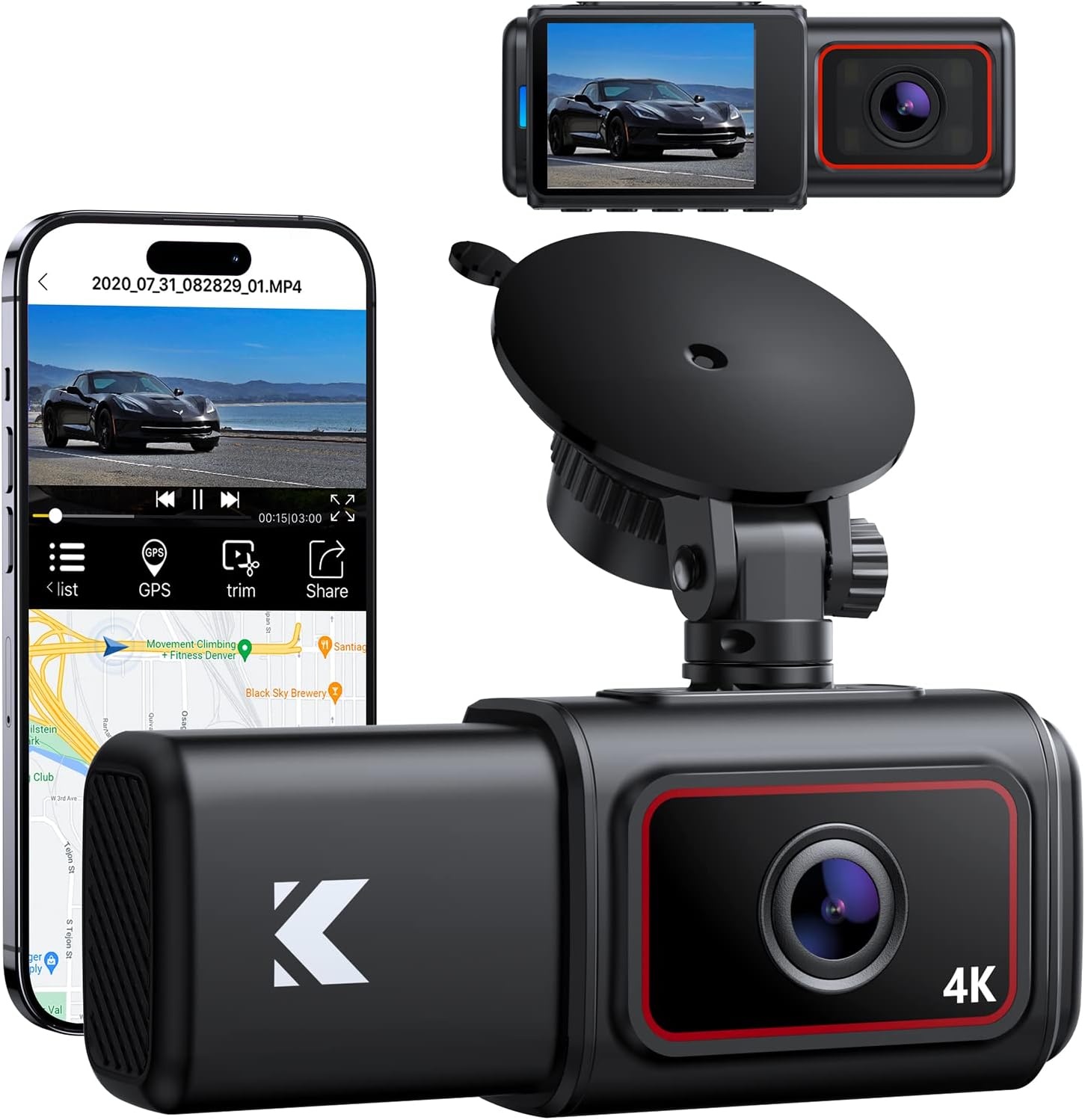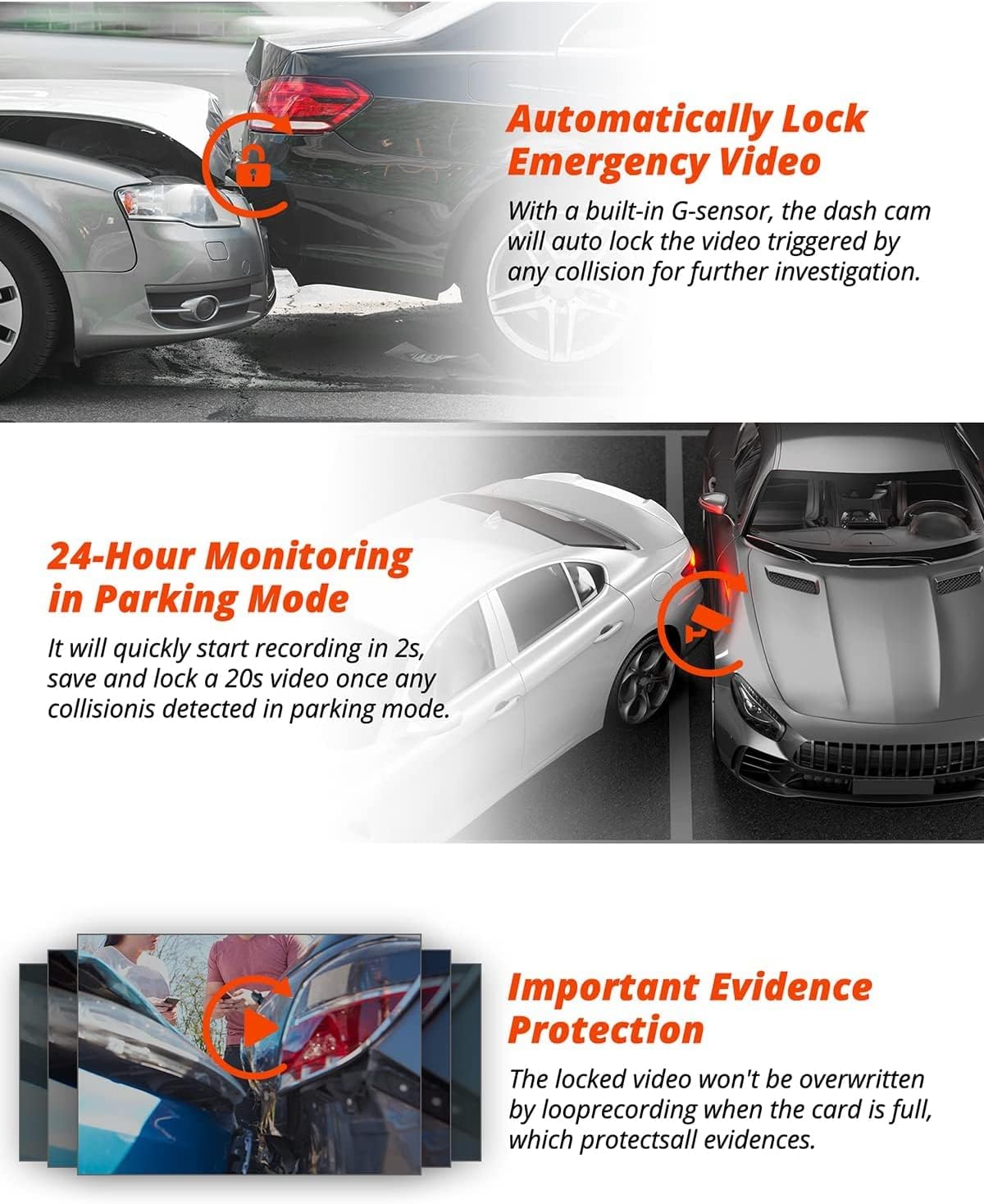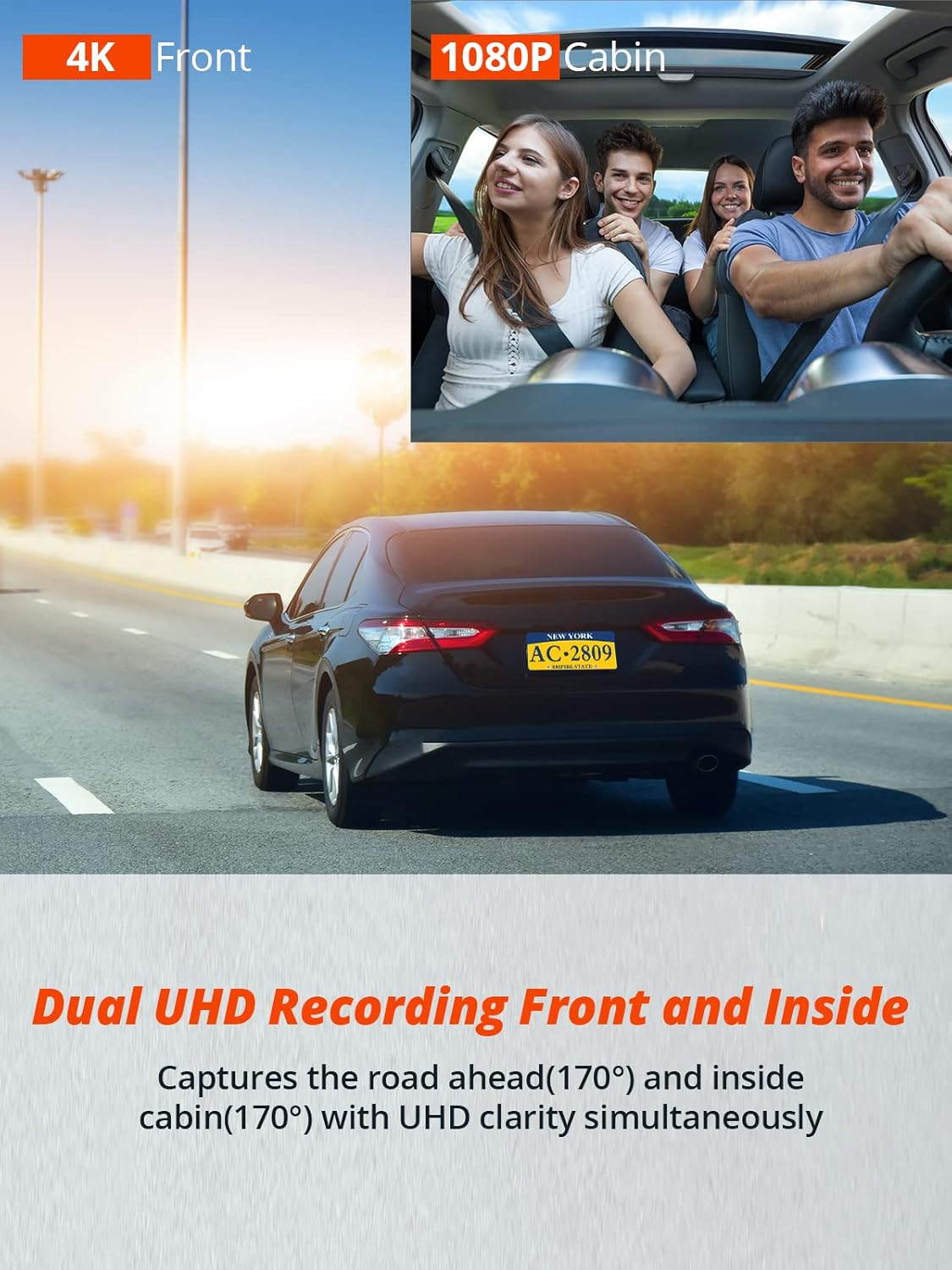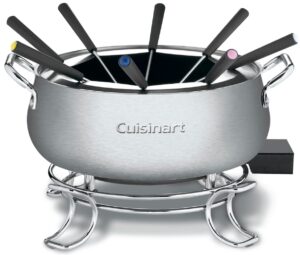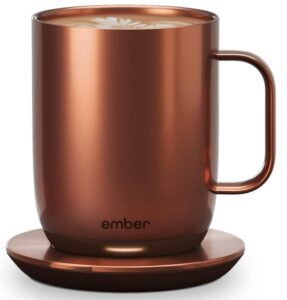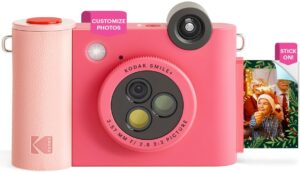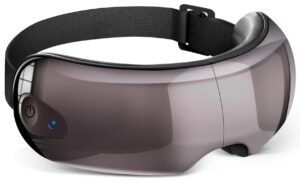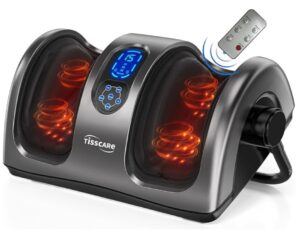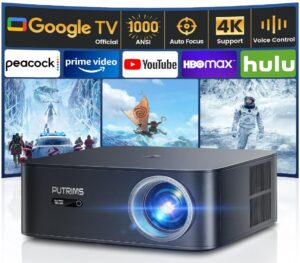What if we could capture every moment on the road, ensuring that nothing goes unseen? The appeal of a dash cam goes far beyond just security; it’s about peace of mind. With the “3Channel 2.5K Dash Cam Front and Rear,” we have the opportunity to document our journeys with clarity and confidence. Let’s take a closer look at what this dash cam has to offer.
For a more detailed review of Car Dash Cams, visit our page “the best car dash cams 2024“.
A 3Channel 2.5k Dash Cam Front and Rear 4K/1080P, also makes the ideal gift for all those very special occasions including Valentine’s Day because your loved one deserves the best.
3-Channel Front, Inside, and Rear Recording
This dash cam boasts a triple-channel system. With a 170° front camera, a 150° inside camera, and a 150° waterproof rear camera, it can simultaneously monitor our vehicle’s surroundings. How often do we find ourselves saying, “I wish I had that on video”? This camera offers a resolution of 2.5K, allowing us to capture clearer footage. Whether it’s a scenic family trip or a busy day on the road, we can rely on it to record evidence, particularly in the case of insurance disputes.
Reliable Coverage for Different Scenarios
Whether we’re on a long road trip or just navigating through city traffic, having a comprehensive view is invaluable. The ability to record from every angle means forgotten moments don’t slip away. Uber and Lyft drivers will likely appreciate this feature even more, knowing it can help with disputes or moments that should be documented for liability reasons.
Impressive 2.5K QHD Video Quality
Video quality matters, especially during crucial moments on the road. With a 2560*1440P resolution, we can ensure that license plates and road signs are captured in stunning detail.
Enhanced Visibility No Matter the Conditions
No one wants to miss important details, especially when the stakes are high. The rear camera comes with a 20-foot extension cable which further enhances its adaptability across various vehicle types—cars, SUVs, trucks, you name it. This versatility reassures us that no matter what vehicle we’re in, we will be covered.
3Channel 2.5K Dash Cam Advanced Night Vision Features
Let’s face it; not all of our driving occurs under the sun. Good night vision is essential for those late-night rides.
3Channel 2.5K Dash Cam IR Cabin Light for Low Light Conditions
Equipped with night vision technology and four IR lights, this camera captures crystal-clear footage even in low-light situations. We no longer need to worry if our interior footage will be unclear. This means that if we’re driving during the night or in less-than-ideal conditions, we can trust that the dash cam has us covered.
3Channel 2.5K Dash Cam Built-in G-Sensor and Loop Recording
How many times have we seen videos where accidents were caught on camera? With the built-in G-sensor, this dash cam can lock important footage when it detects a collision, ensuring that we don’t lose any critical evidence.
3Channel 2.5K Dash Cam Seamless Loop Recording
When we think about storage, the dash cam allows for seamless loop recording. As our memory card fills up, it overwrites the oldest footage. This ensures we always have the most current recordings without worrying about running out of space.
3Channel 2.5K Dash Cam 24-Hour Parking Guard
For those of us who park our cars in unmonitored areas, this feature is essential.
3Channel 2.5K Dash Cam Automatic Emergency Recording
The parking monitor activates to record any emergency situations, providing peace of mind, especially if we experience theft or accidents while parked. However, to make the most of this feature, we should consider purchasing an additional ACC hardwire kit, as it supports the parking mode function.
Built-in Battery and Storage Support
Sometimes, life catches us off guard, and having a backup plan is crucial.
3Channel 2.5K Dash Cam Lithium Battery Feature
This dash cam comes with a built-in lithium battery that allows for continued operation for about 15-20 minutes without external power. This means we can still capture important footage even if our car’s power system is interrupted.
3Channel 2.5K Dash Cam Expansive Storage Options
Although the dash cam comes with a 32GB card pre-installed, it supports up to 128GB. This ample storage allows us to save more driving memories and ensure we don’t miss a single moment—whether it’s mundane or extraordinary.
Ease of Installation and Operation
For many of us, the thought of installing technology can be daunting. Thankfully, this dash cam was designed with user-friendliness in mind.
Step-by-Step Installation Process
Illustrated instructions make installation straightforward. We receive all necessary tools to simply mount the dash cameras on our windshields and plug in the power cable. No complicated processes here—just a few simple steps.
Intuitive User Interface
The user interface is just as easy to navigate. Taking videos, reviewing footage, and managing settings becomes a breeze. We can focus on driving rather than getting lost in complicated menus.
Dedicated Customer Service Support
When we invest in products, knowing that we have support is reassuring.
24/7 Technical Assistance
This dash cam comes with a year of maintenance and 24/7 technical support, which is especially valuable for those who may experience issues. We can reach out via Amazon messages, and we should anticipate responses within 24 hours. Customer service is just as important as the product itself.
3Channel 2.5K Dash Cam Product Summary
| Feature | Detail |
|---|---|
| Camera Channels | 3 (Front, Inside, Rear) |
| Front Camera Angle | 170° |
| Inside/Rear Camera Angle | 150° |
| Video Resolution | 2560×1440 (2.5K QHD) |
| Night Vision | 4 IR Lights, 6-glass lens for clarity |
| Built-in Battery | Yes (230mAh, approx. 15-20 minutes of recording) |
| Storage Support | Includes 32GB, supports up to 128GB |
| Loop Recording | Yes, with automatic overwrite |
| G-Sensor | Yes, for important collision detection |
| Parking Monitoring | Yes, requires ACC hardwire kit (not included) |
| Customer Support | 24/7 technical support and 1-year maintenance |
In conclusion, the “3 Channel 2.5K Dash Cam Front and Rear” certainly has much to offer. We feel reassured knowing that we’re protected with high-quality video coverage from multiple angles. Beyond its technical specifications, the ease of use and customer support make it even more appealing.
As we embark on our journeys, having this dash cam provides a layer of comfort only technology can offer. We can enjoy our adventures with the knowledge that, should something happen, we will have clear video evidence to back us up.
Disclosure: As an Amazon Associate, I earn from qualifying purchases.


